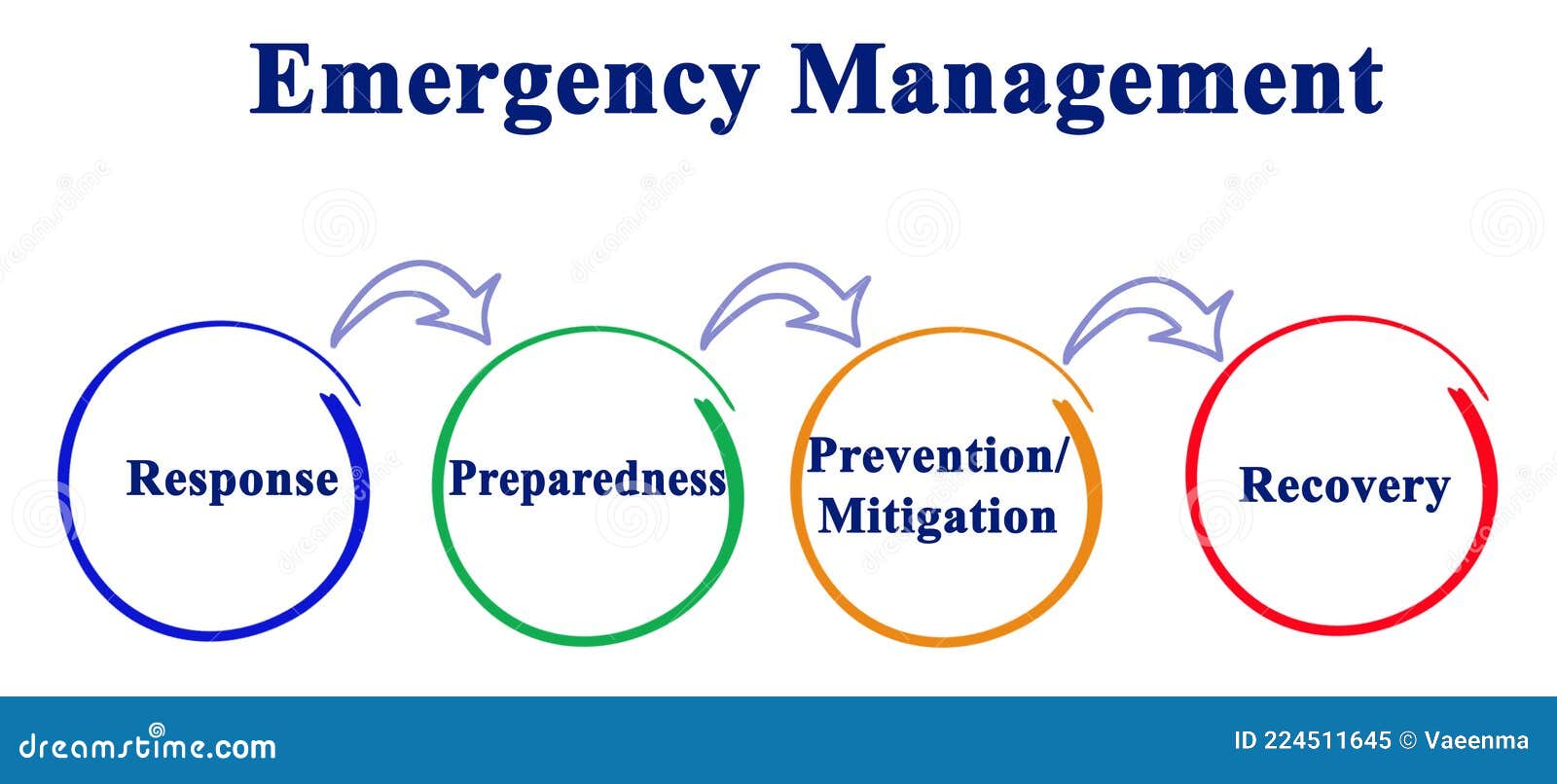
25 Student Go Kit Emergency Response School Lockdown Kit-Lifeguard Equipment
25-Student EMERGENCY RESPONSE Kit
Yes, there are kits designed specifically for individual classrooms, containing supplies to support one class of students and their teacher. Many kits come in backpacks or easy-to-carry bags, making them portable and accessible during evacuations or other emergencies. It’s recommended to check the kits annually to replace expired items such as food, water, and batteries. Using the Weituo survival kit’s 250 items, you “can basically do anything that you need to do to survive with this item,” as one reviewer affirms — all for under $40. At just 8 by 1 by 6.5 inches, it’s small enough to hook on to a belt, backpack or other travel gear.
- Non-perishable items like blankets and first aid supplies can last indefinitely, but food, water, and batteries need to be replaced every few years.
- The kit’s compact size makes it a great go-to for outdoor activities like camping, hunting and hiking, too.
- Yes, schools can add extra supplies such as medications, additional food, water, or personal hygiene items based on the needs of the students and staff.
- It’s recommended to check the kits at least once a year and replace expired items such as food, water, and batteries.
Can I add extra supplies to the classroom emergency kit?
Perhaps the most important reason to get prepping is that it can be a fun, meaningful, and empowering way to spend your time. The paper towels in your car kit might save the day when your nephew has a raging nosebleed in the backseat (I speak from personal experience). And that duct tape in your everyday carry can fix almost anything that might break while you’re out, from aging sneakers succumbing to a day in the city to a ripped backpack on a mountain hike. Providing teachers with critical emergency supplies that are readily accessible is a vital part of being prepared. Edu-Care Services, Inc. has designed a “Go-Kit” to be used specifically by teachers. Many kits include small flashlights or light sticks to provide illumination during power outages or low-light situations.

Do the kits include blankets?
Safety advocates campaign for the mandatory inclusion of student emergency kits in schools, emphasizing their importance for disaster preparedness. They also work to raise awareness about kit features, customization options, and compliance with safety standards, ensuring all students are equipped for emergencies. Basic kits contain essential items like food, water, and first-aid supplies for short-term emergencies. Comprehensive kits include additional tools such as communication devices, protective gear, sanitation supplies, and survival essentials, making them suitable for extended or complex situations. Many student emergency kits are designed to meet or exceed school safety standards, but it's always good to check local guidelines. These require schools to have emergency preparedness plans and also have evacuation maps readily available for such events.
Investing in emergency preparedness is a community-focused endeavor that benefits everyone. Most school emergency kits are stored in durable, weather-resistant bags or containers that can withstand rough conditions. Most supplies, like emergency food and water, have a shelf life of up to 5 years, but it's recommended to check and replace expired items regularly.
How many people can a school emergency kit support?
But while you might not want to fill a backyard bunker with canned food (or, frankly, need to), the truth is that you’re almost certainly overdue for a little prepping. In the age of climate-change-fueled wildfires and pandemic lockdowns, you at least need a shelter in place (SIP) kit—and maybe a go-bag, too. But far from making you dwell on scary possibilities, being prepared for the worst can actually free up your mind to enjoy life. By the time you finish reading this, you’ll know everything you need to know to start prepping—and stop worrying. Having a student emergency kit ensures that your child is prepared for unexpected emergencies, providing them with the supplies they need for safety during emergencies. Yes, these kits are designed for a variety of emergencies, including lockdowns where students may need to shelter in place.
